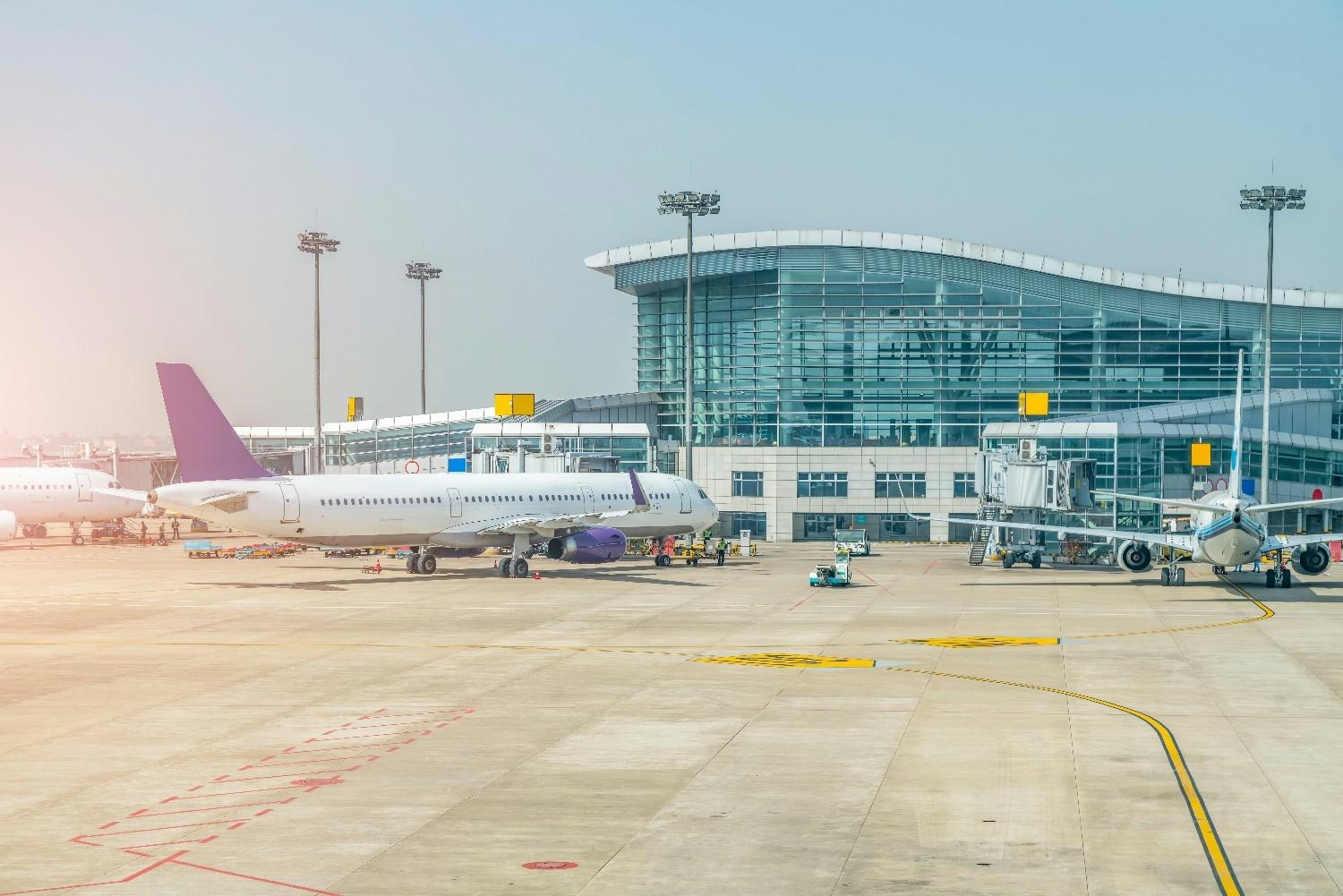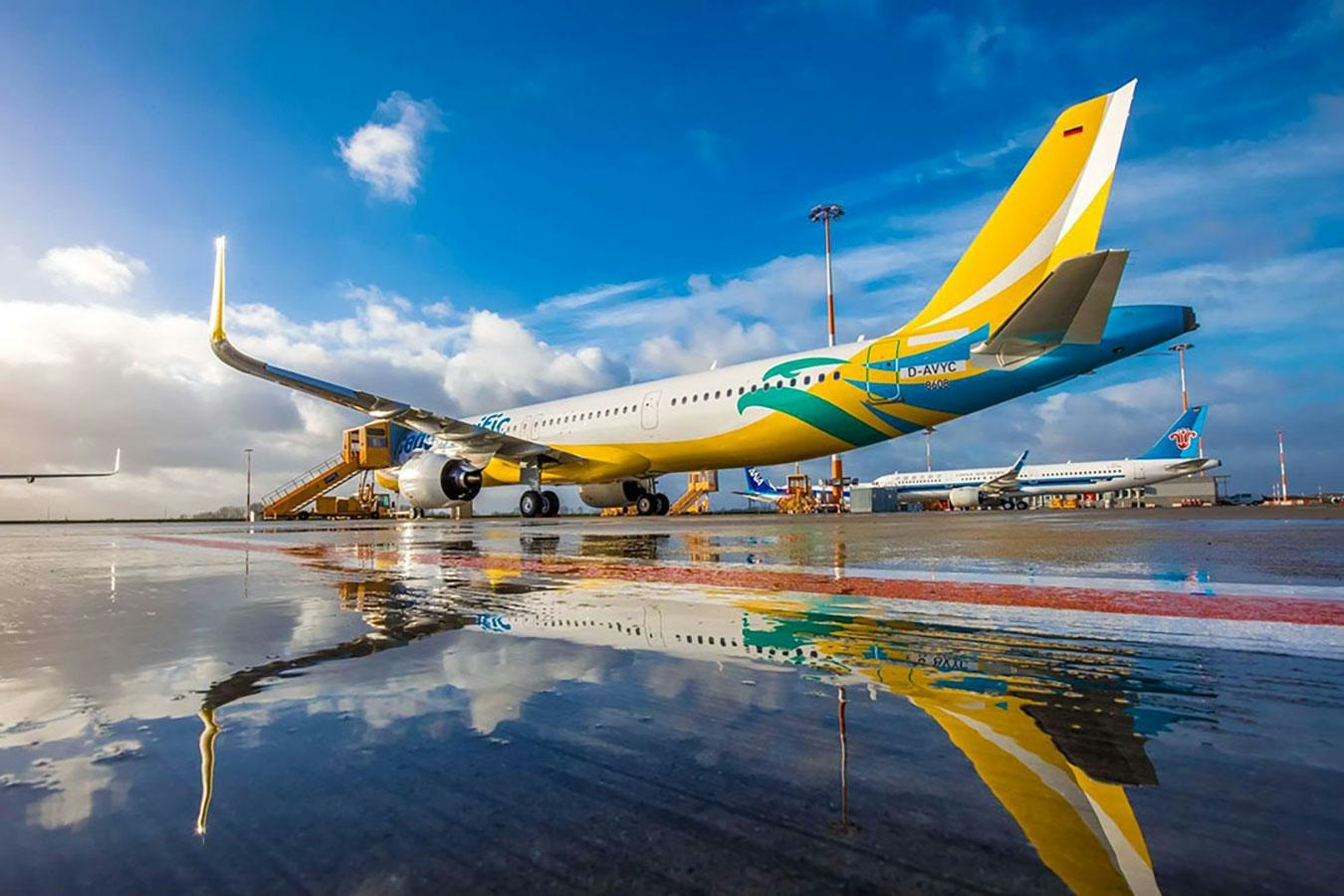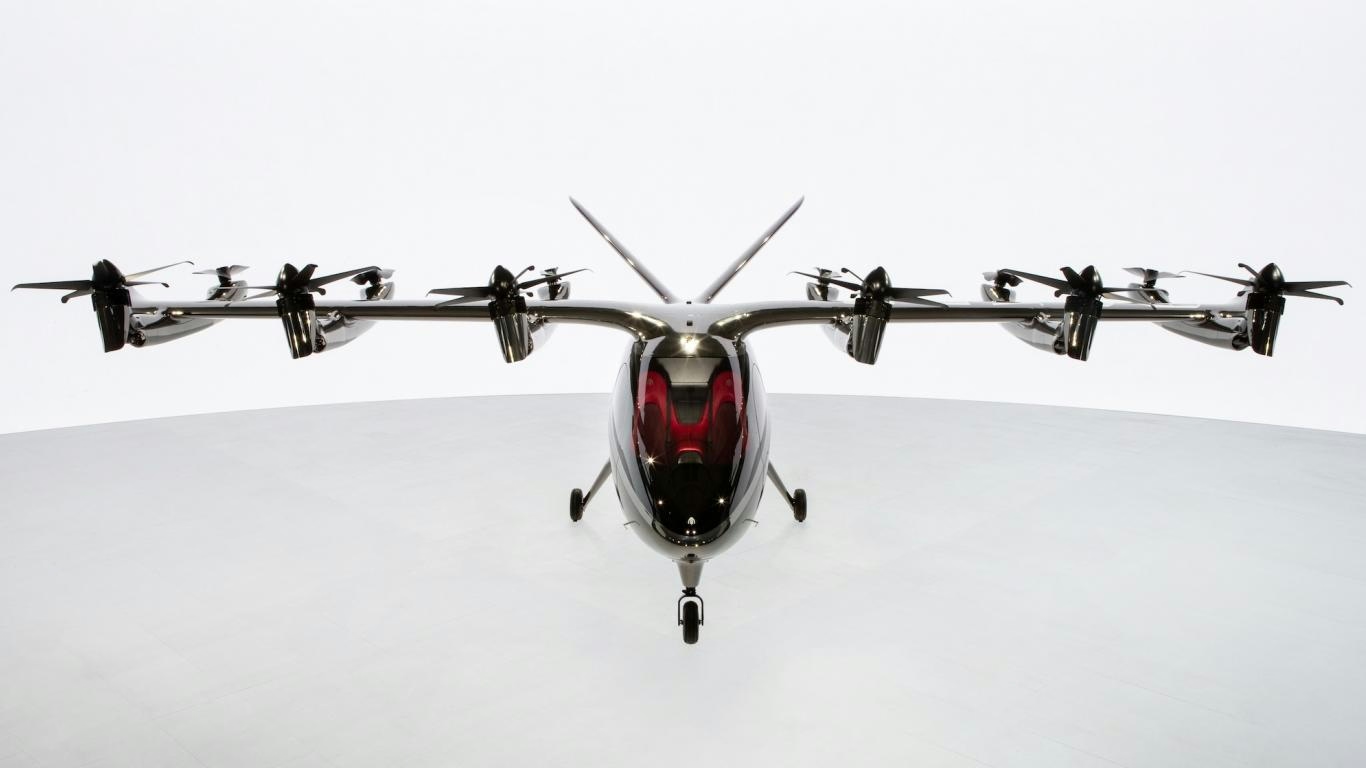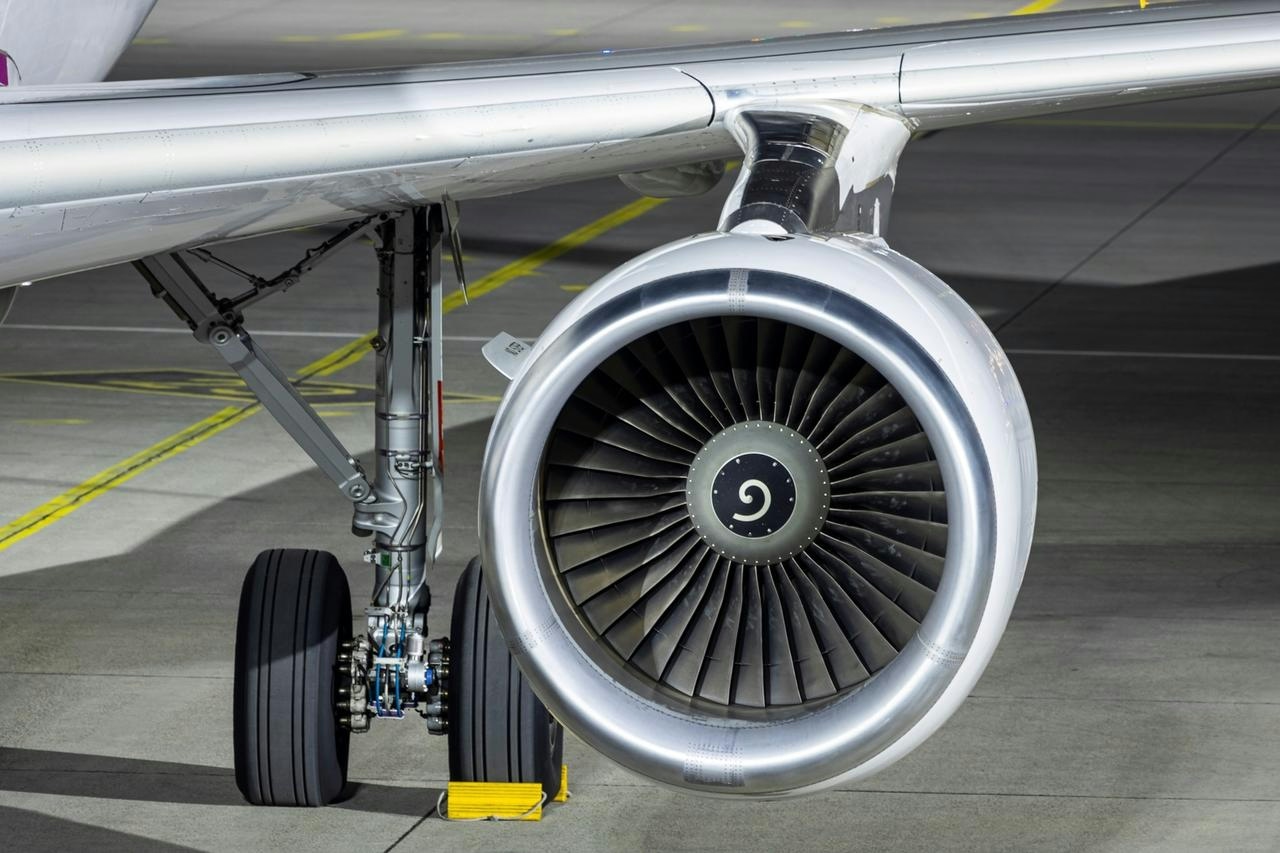
AeroGenie — Your Intelligent Copilot.
Trending
Categories
Radom Airport Handles First Widebody Aircraft Amid Warsaw Chopin Runway Closure

Radom Airport Handles First Widebody Aircraft Amid Warsaw Chopin Runway Closure
Operational Shift Following Warsaw Chopin Runway Closure
The partial closure of Warsaw Chopin Airport’s main runway has marked a significant milestone for Radom Airport, which recently accommodated its first widebody aircraft amid a period of considerable operational adjustments within Poland’s aviation sector. From September 22 to October 25, 2025, Runway No. 1 (RWY 29/11) at Warsaw Chopin Airport remains closed for renovations following a crash involving a Polish Air Force F-16. Consequently, all flight operations have been redirected to Runway No. 3 (RWY 33/15), placing increased strain on the capital’s primary airport and prompting airlines to explore alternative options. Radom Airport (Sadków) has emerged as a critical secondary hub during this disruption.
On September 25, 2025, Radom Airport made aviation history by successfully handling a Boeing 777-300ER operated by Mavi Gök Airlines. The widebody aircraft, diverted from Antalya, Turkey, due to the runway closure at Chopin, became the largest plane ever to land at Radom. The airport managed full ground operations, including passenger disembarkation, baggage processing, and reboarding, before the aircraft departed back to Antalya less than two hours later. This event highlighted Radom’s operational flexibility and capacity to manage larger aircraft, albeit under exceptional circumstances.
Challenges and Industry Response
The arrival of the Boeing 777-300ER at Radom has brought to light both opportunities and challenges for the airport. The sudden increase in traffic and the accommodation of larger aircraft have underscored the urgent need for infrastructure enhancements to support sustained widebody operations and higher passenger volumes. While Radom demonstrated commendable efficiency in handling the diverted flight, questions remain regarding its long-term readiness to serve as a regular hub for widebody aircraft.
Market reactions to Radom’s expanded role have been varied. Some airlines have adjusted their routes to take advantage of the airport’s emerging capabilities, while others have expressed reservations about its preparedness for consistent widebody traffic. Competitors within the region are also recalibrating flight schedules and alliances in response to Warsaw Chopin’s temporary limitations, reflecting a dynamic shift in Poland’s aviation landscape.
Implications for Poland’s Aviation Network
The temporary closure of Warsaw Chopin’s primary runway and Radom Airport’s subsequent handling of its first widebody aircraft represent pivotal developments in Poland’s airport network. Radom’s successful operation may encourage further investment in its facilities, positioning it as a more prominent secondary hub capable of alleviating pressure on Warsaw’s main airport during periods of disruption. However, the airport’s ability to meet the demands of increased traffic and larger aircraft remains under close scrutiny.
As the situation evolves, travelers and airlines are advised to monitor ongoing developments closely, as these changes may continue to influence flight schedules, airport operations, and future infrastructure projects across the region.

Airline CEOs Urged Trump Officials to Defend Flight Reductions

Airbus Orders Rise Amid Global Demand Exceeding Capacity

Germany Signs $1.2 Billion Deal with Leading Helicopter Manufacturer

Cebu Pacific Introduces Damp-Leased Aircraft to Improve Travel Experience

JSSI Names Molly Hennessy Chief Product and Technology Officer

Japanese Air Taxi Firm SoratobuTaxi Invests in Plana US

Engine Shortages Delay China’s C919 Deliveries Amid Global Aerospace Bottlenecks

The Emerging Role of Drones and AI in Combat Aviation

AI’s Turbulent Ascent: Why Aviation’s Tech Boom Could Ground Pilots in 2025
